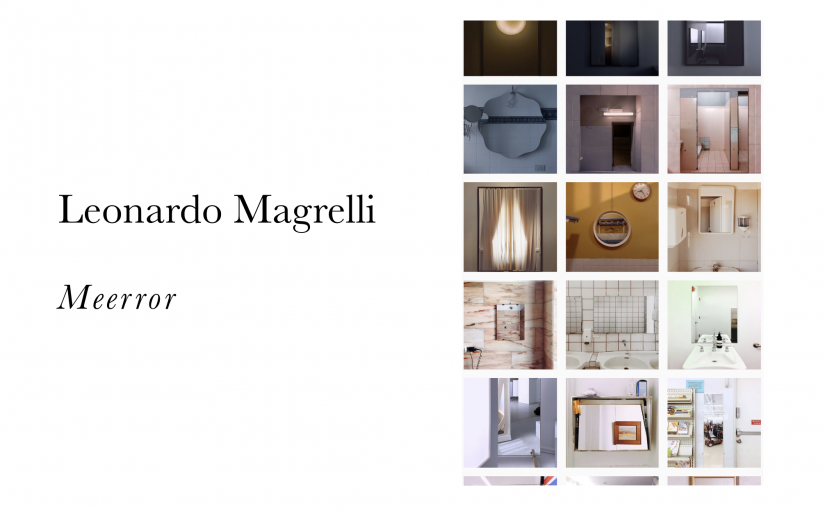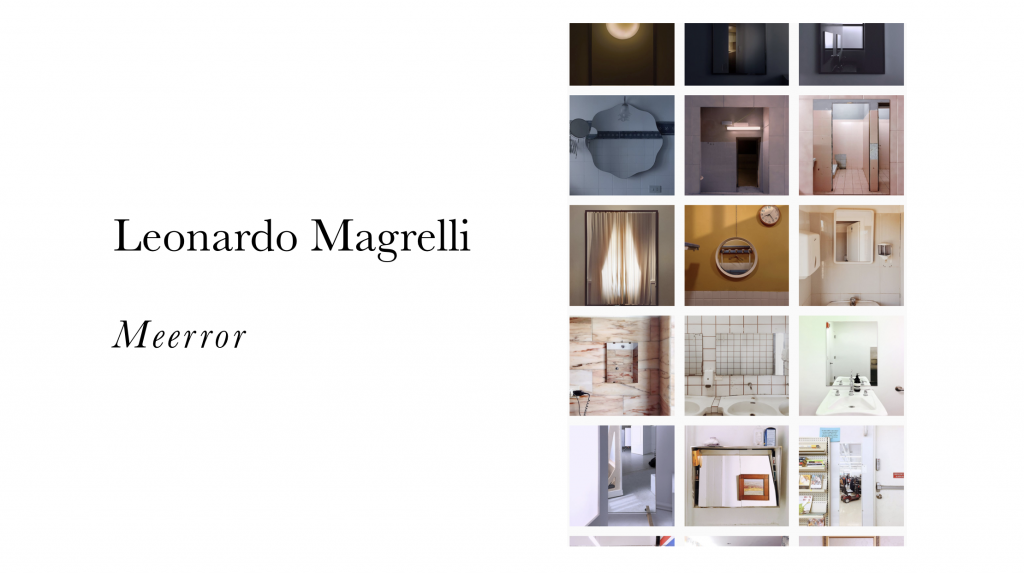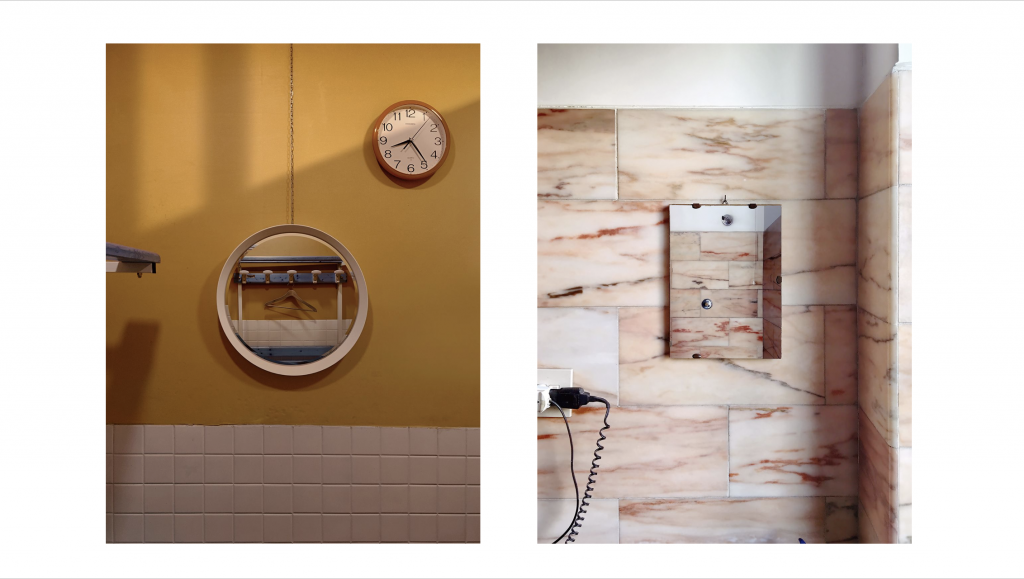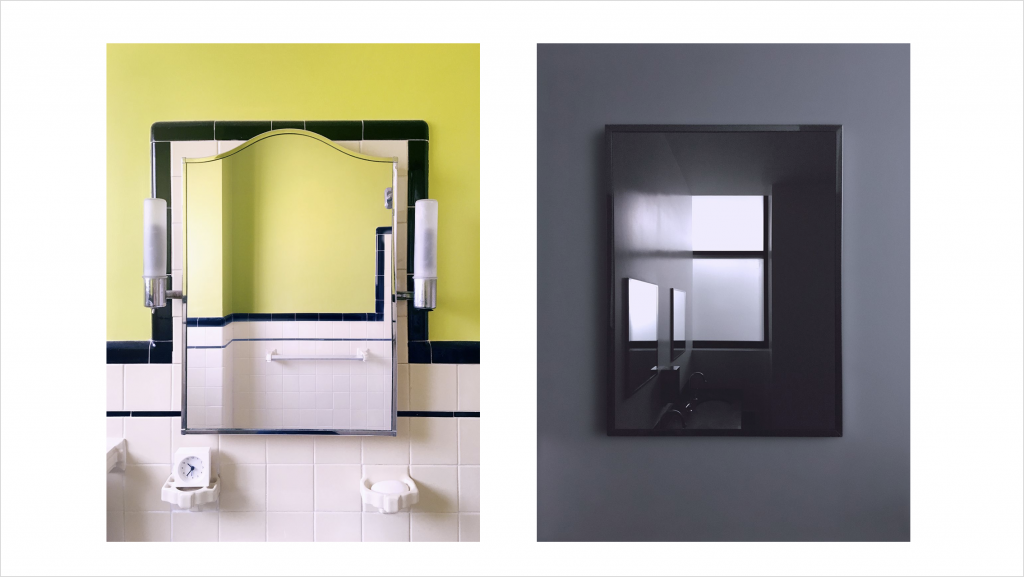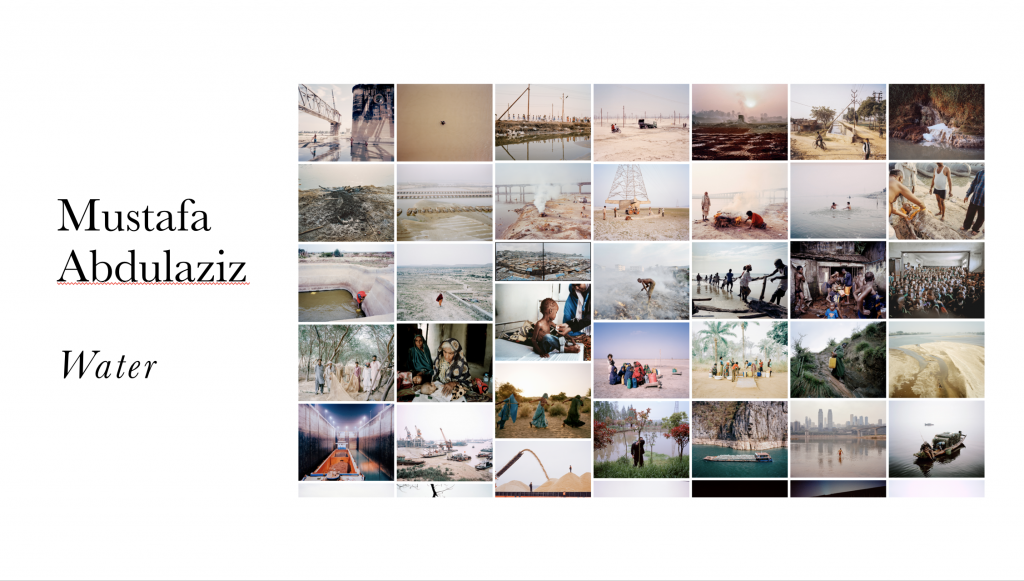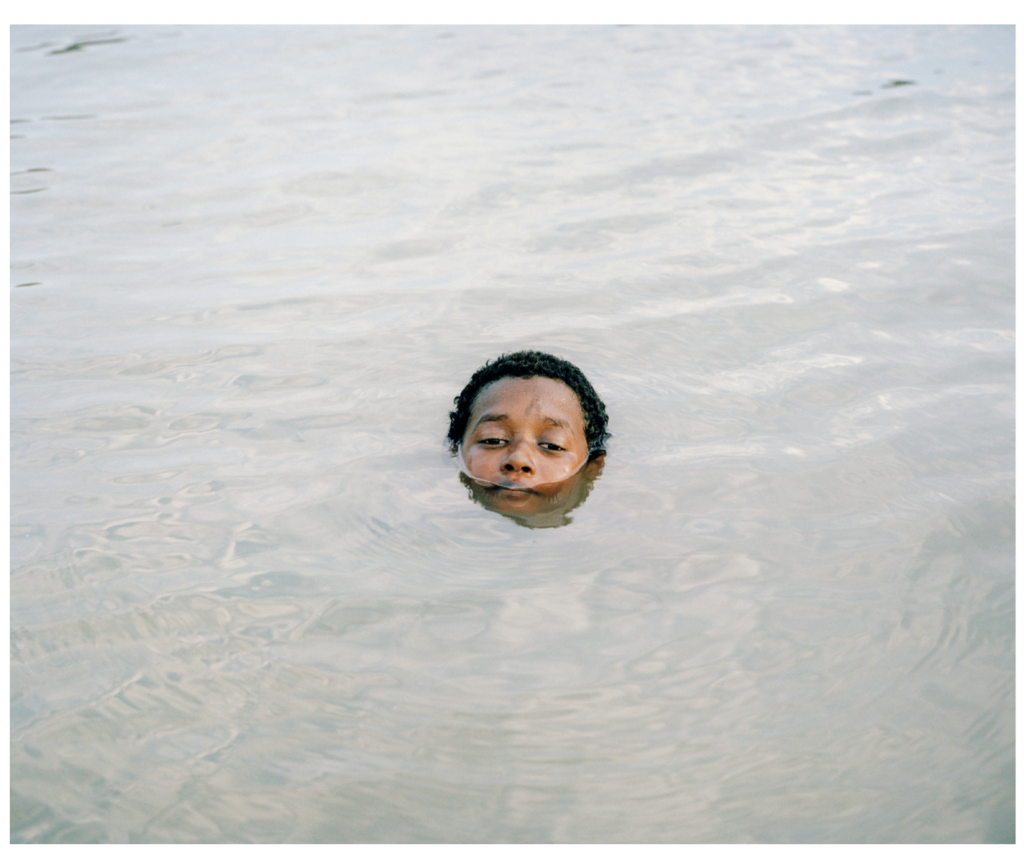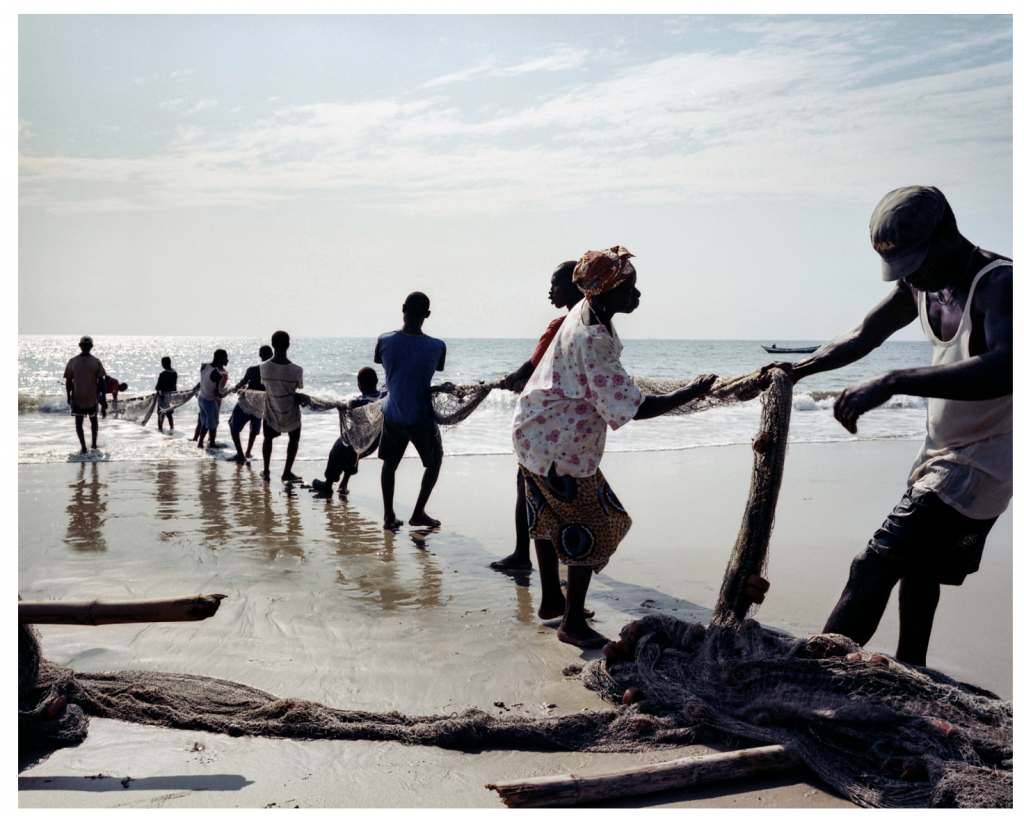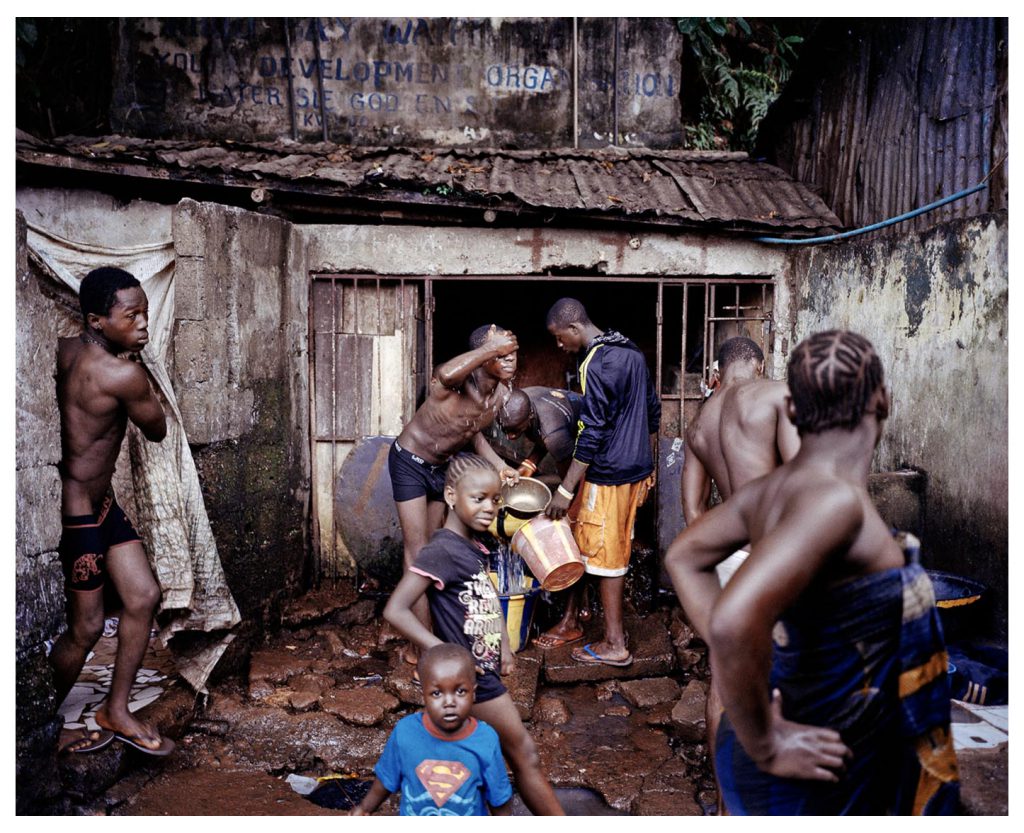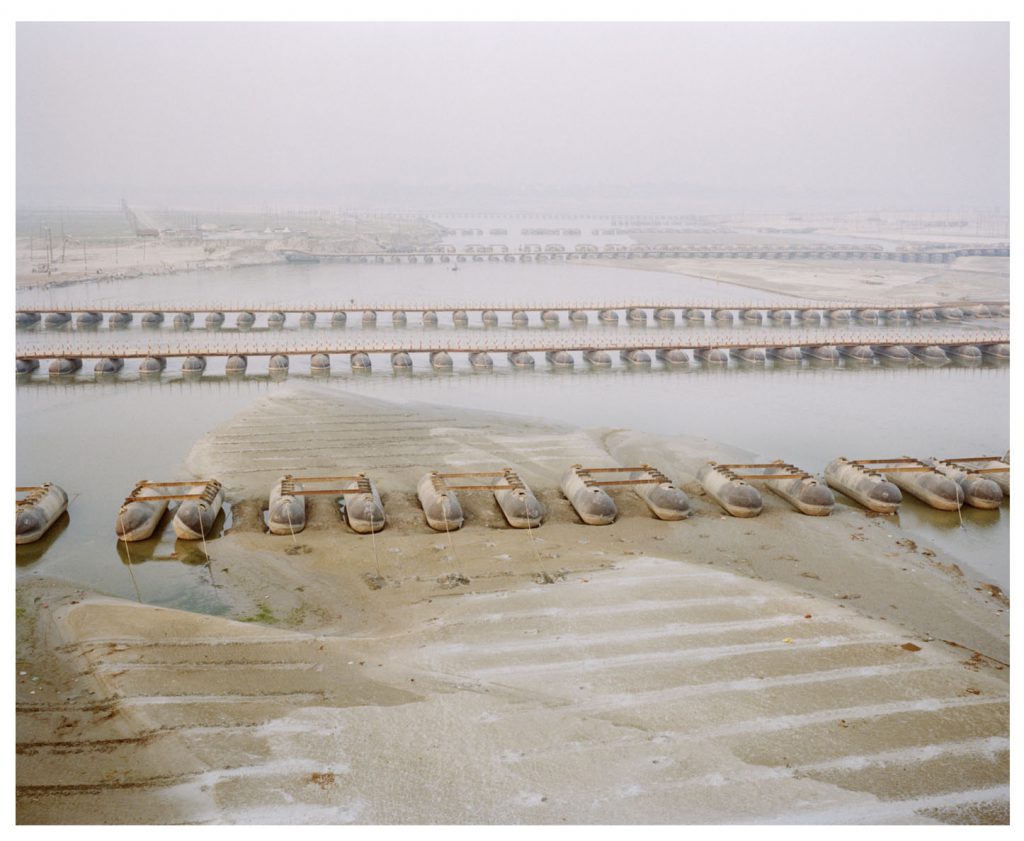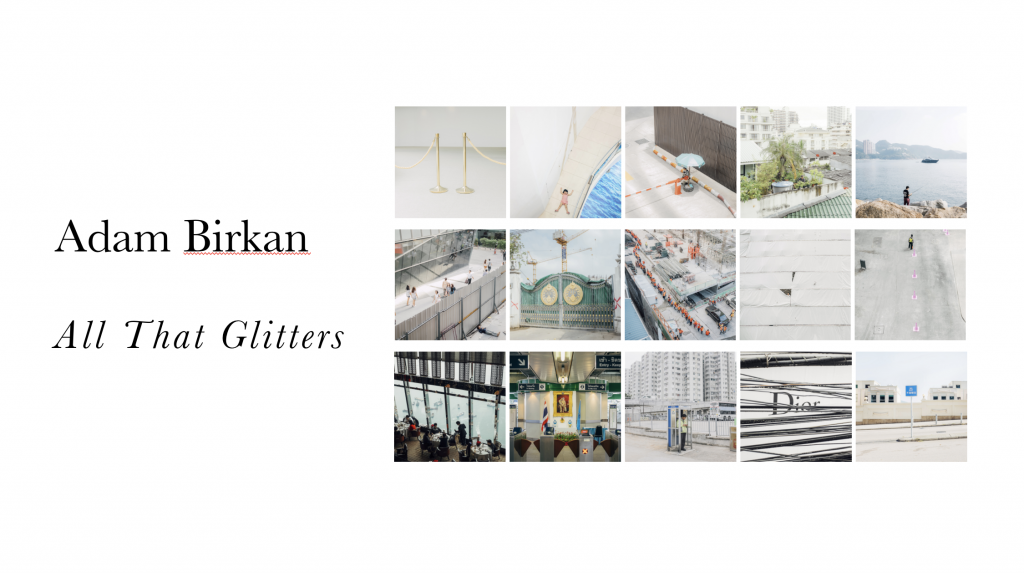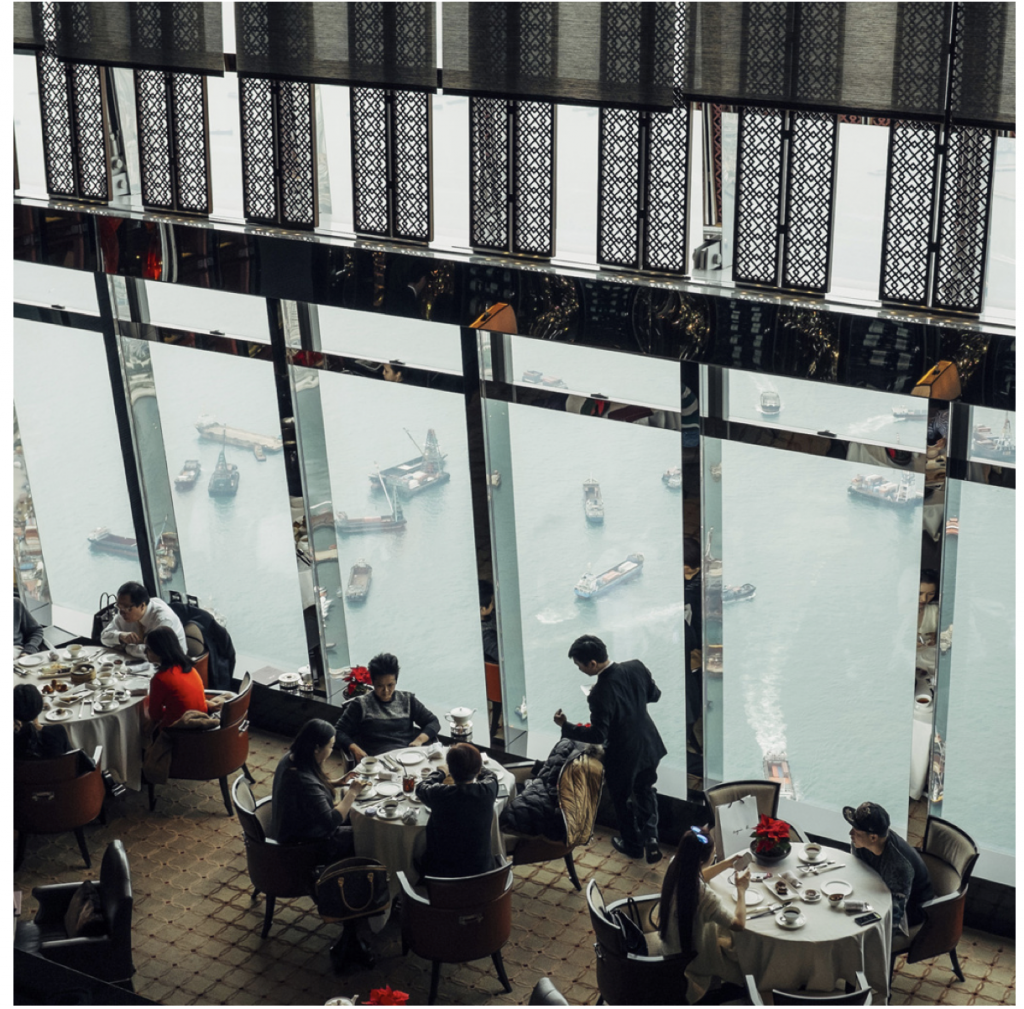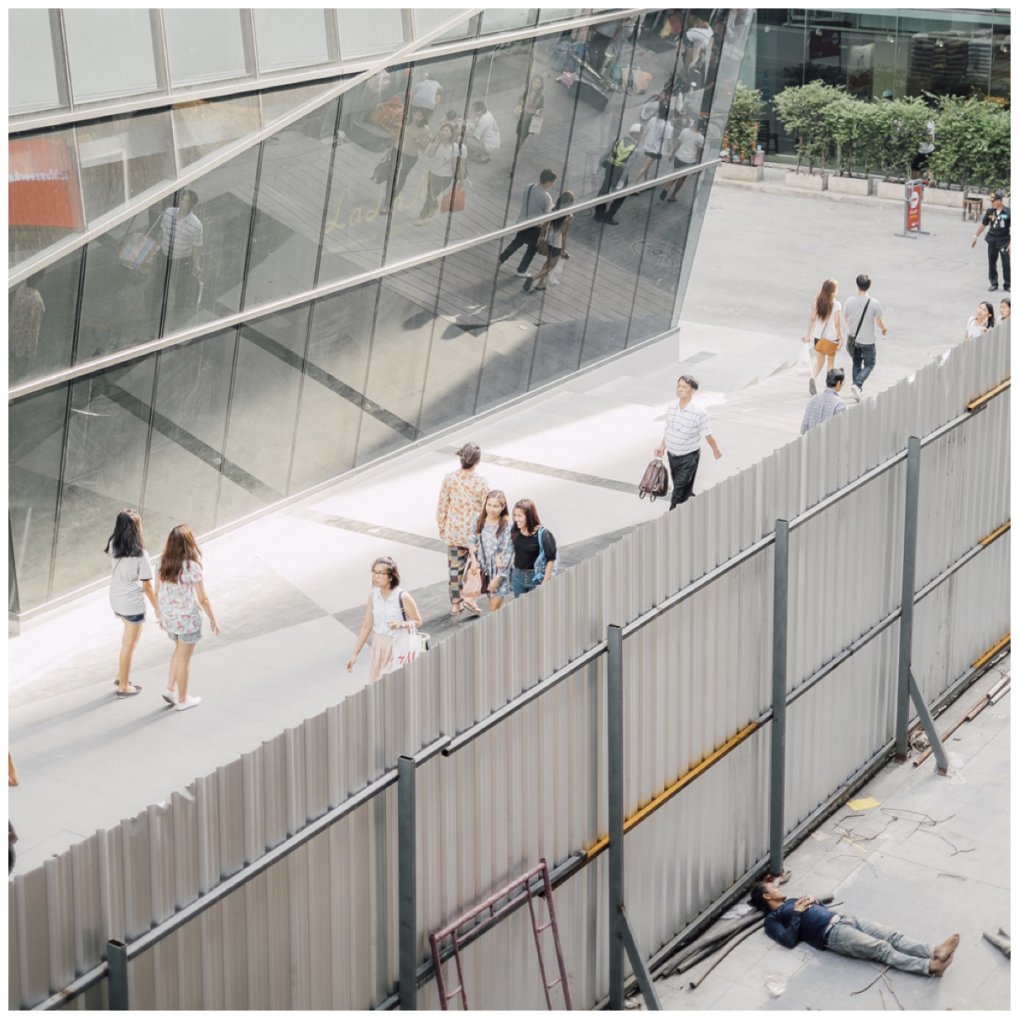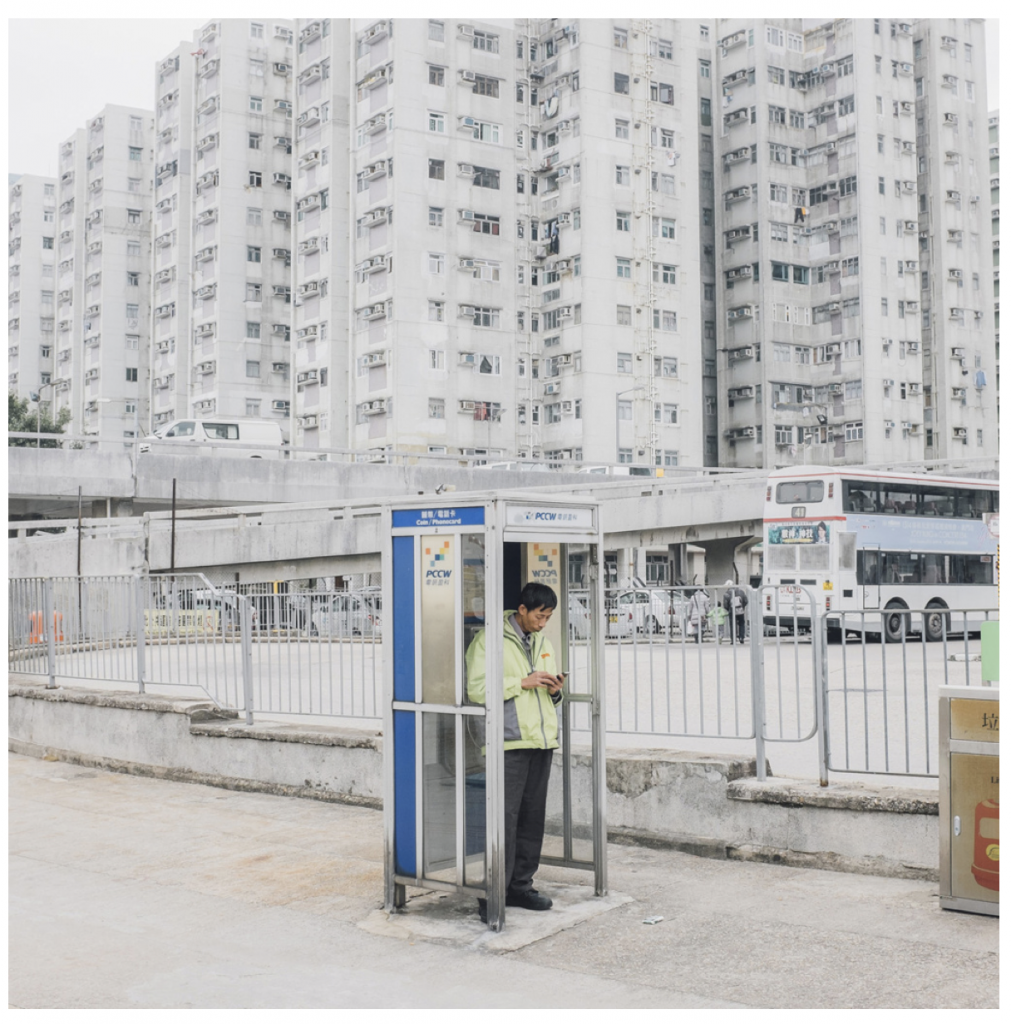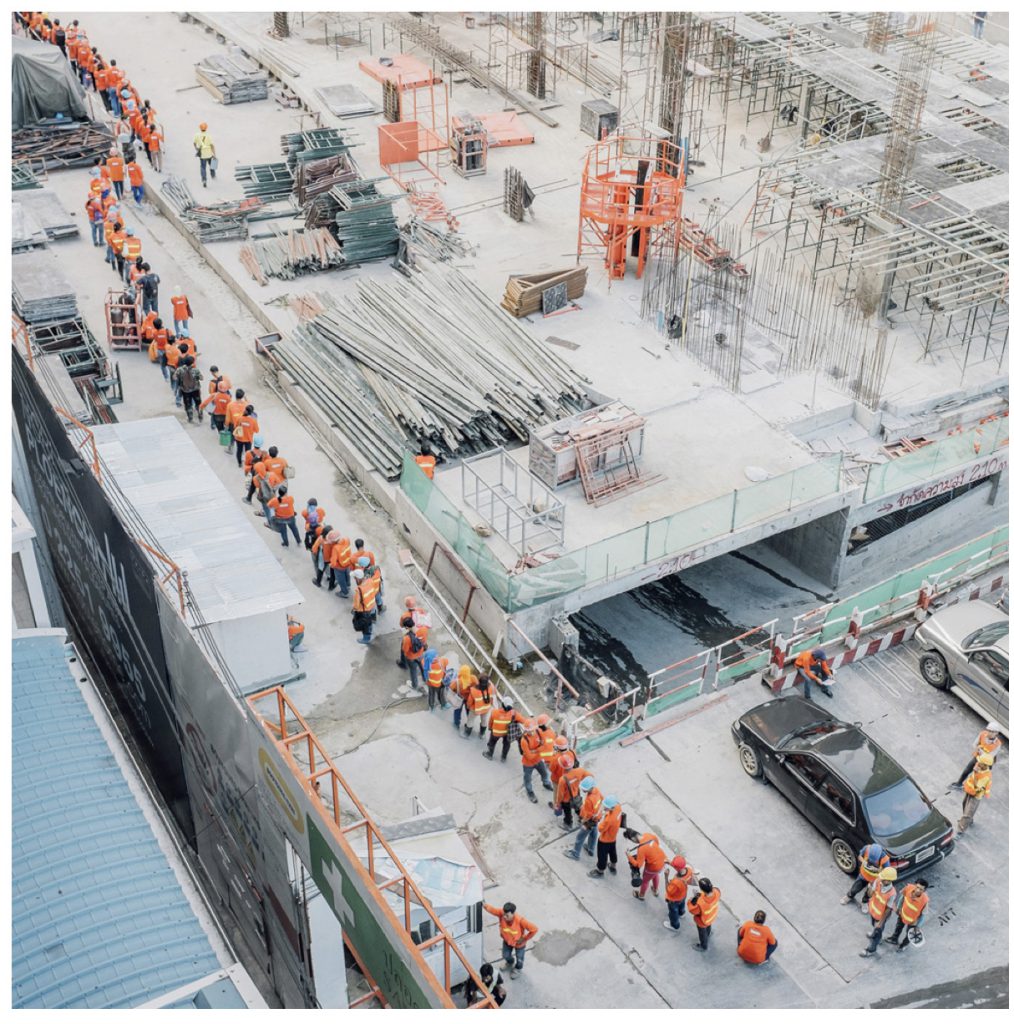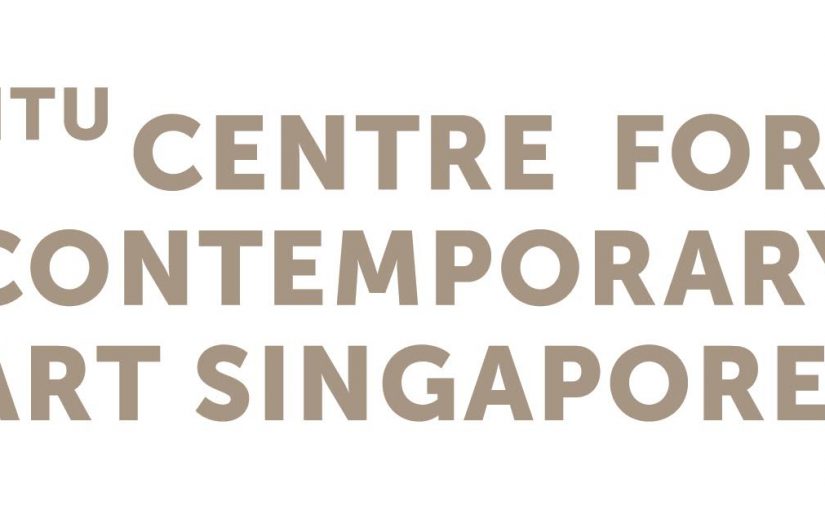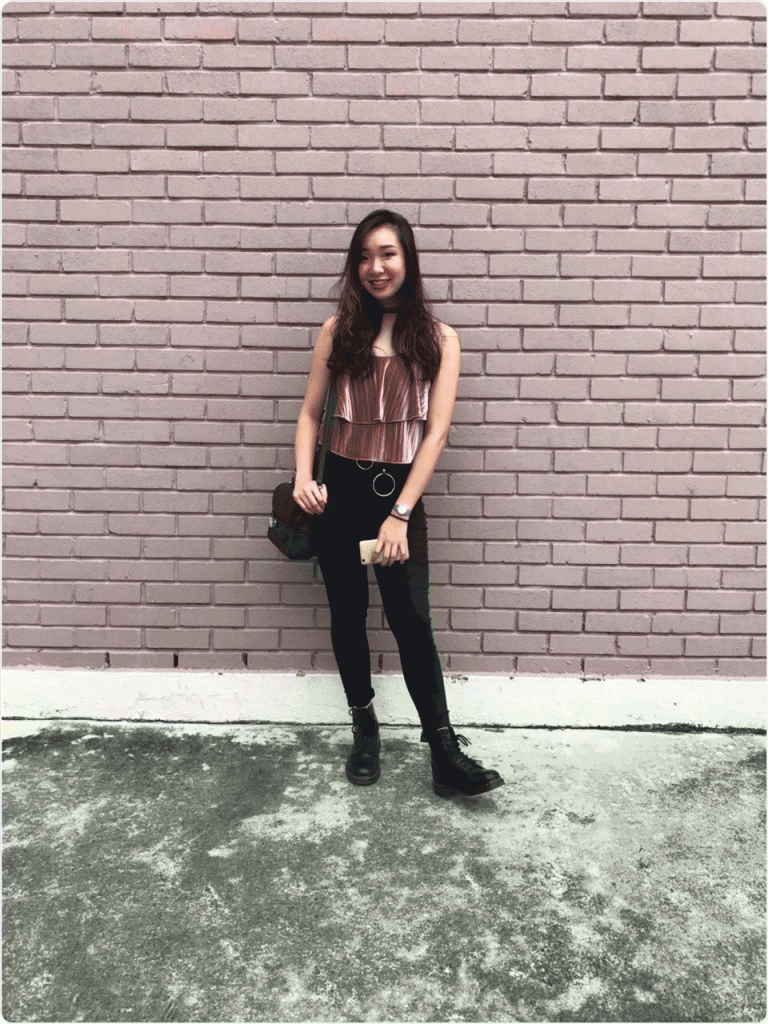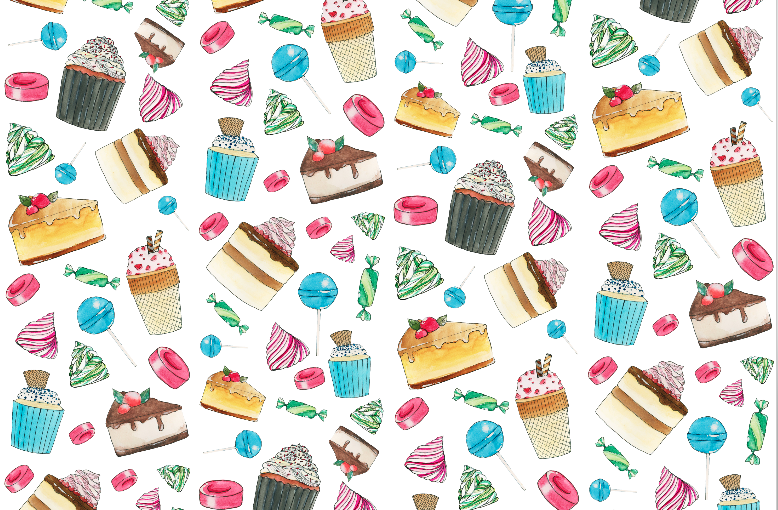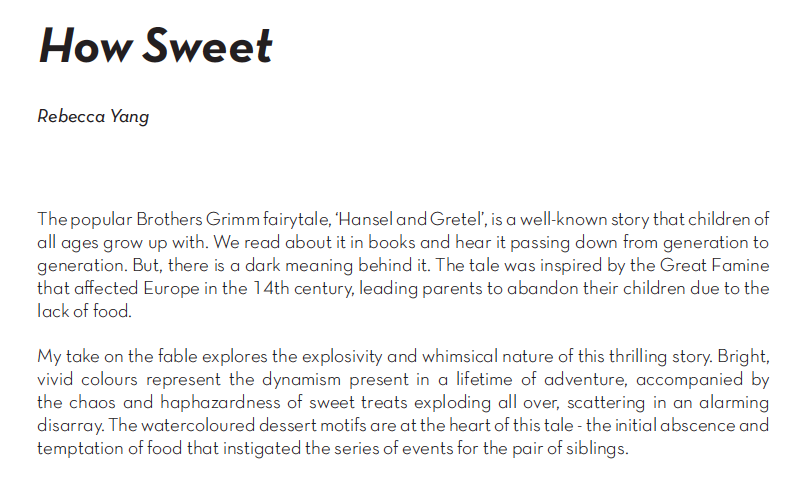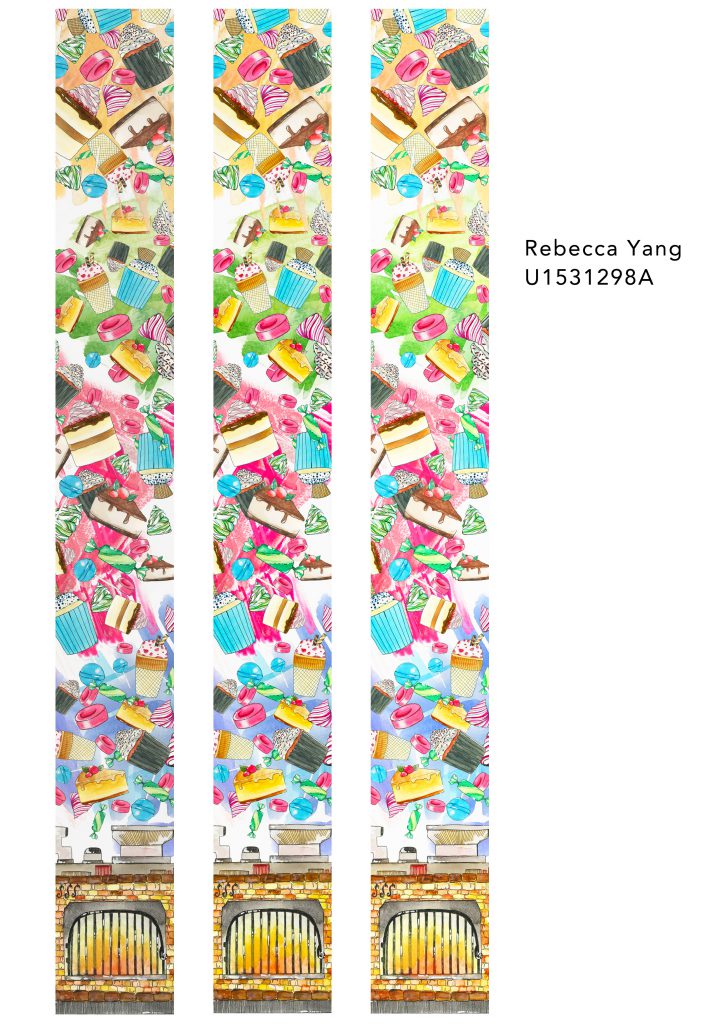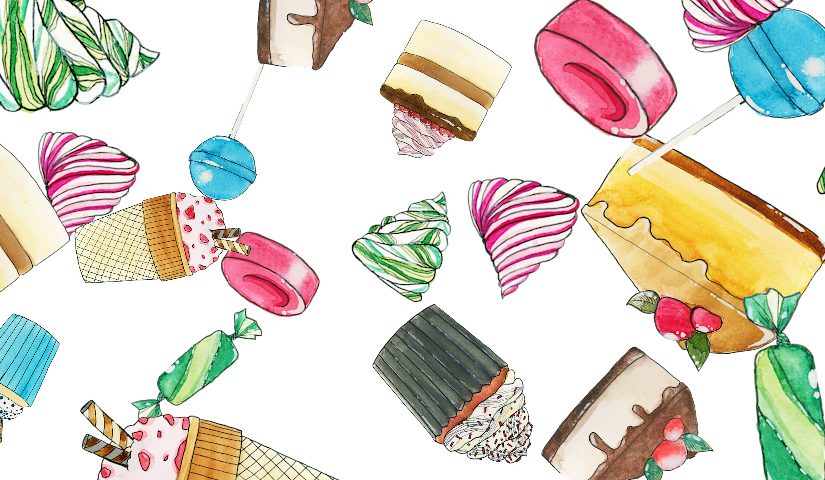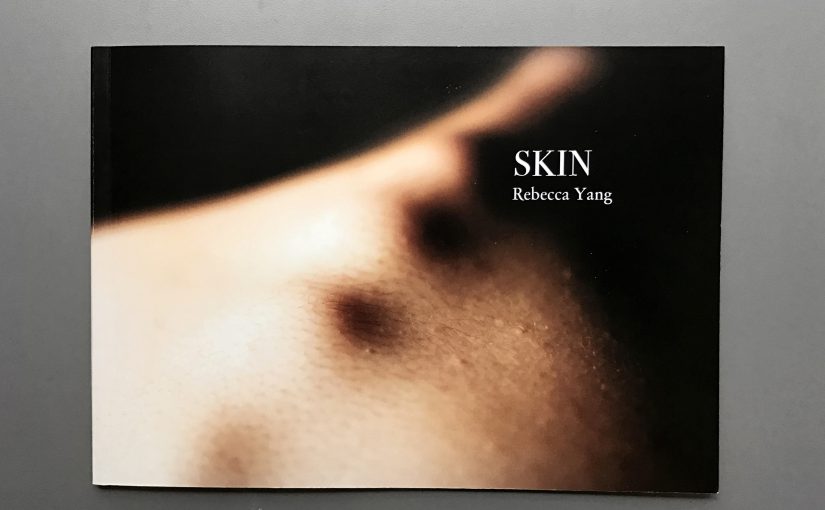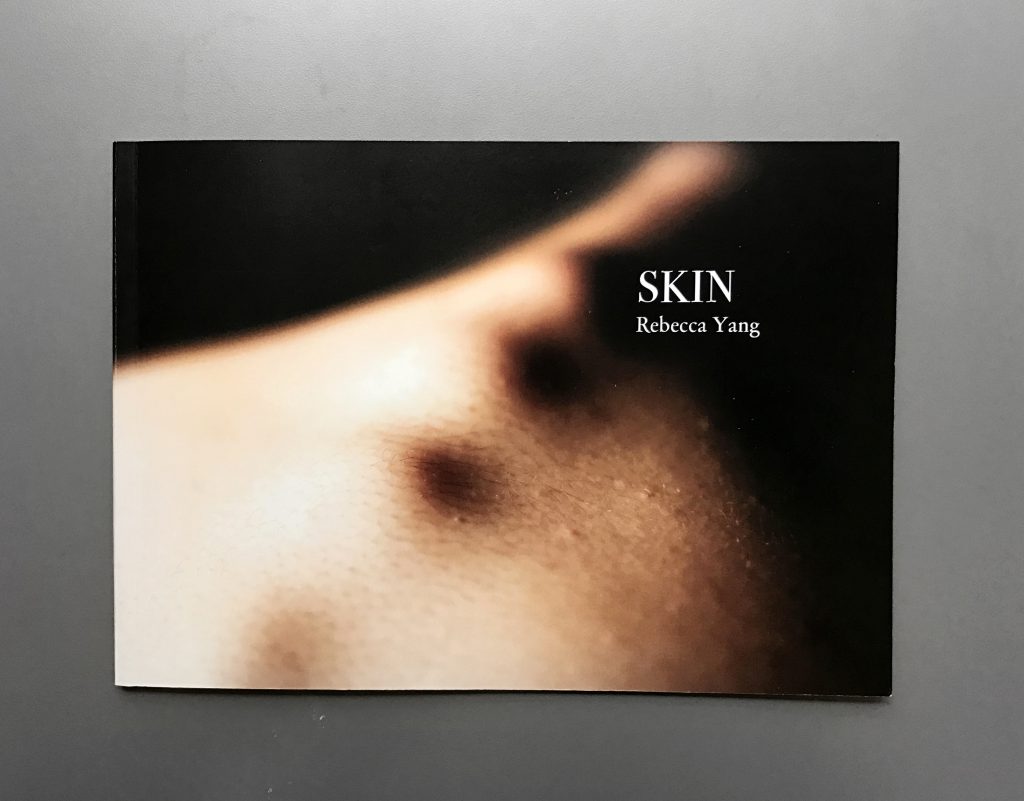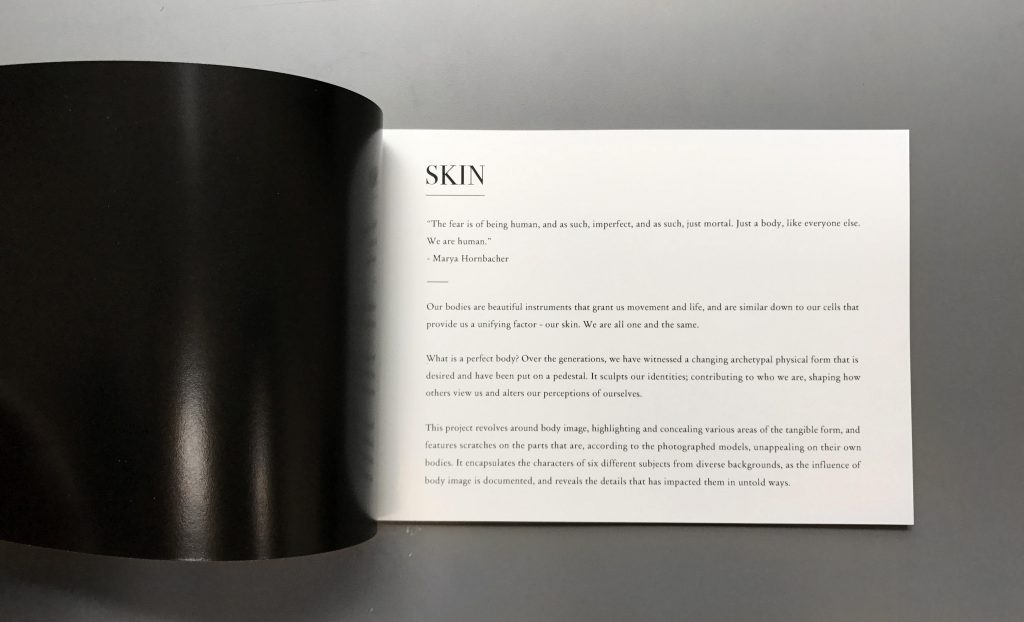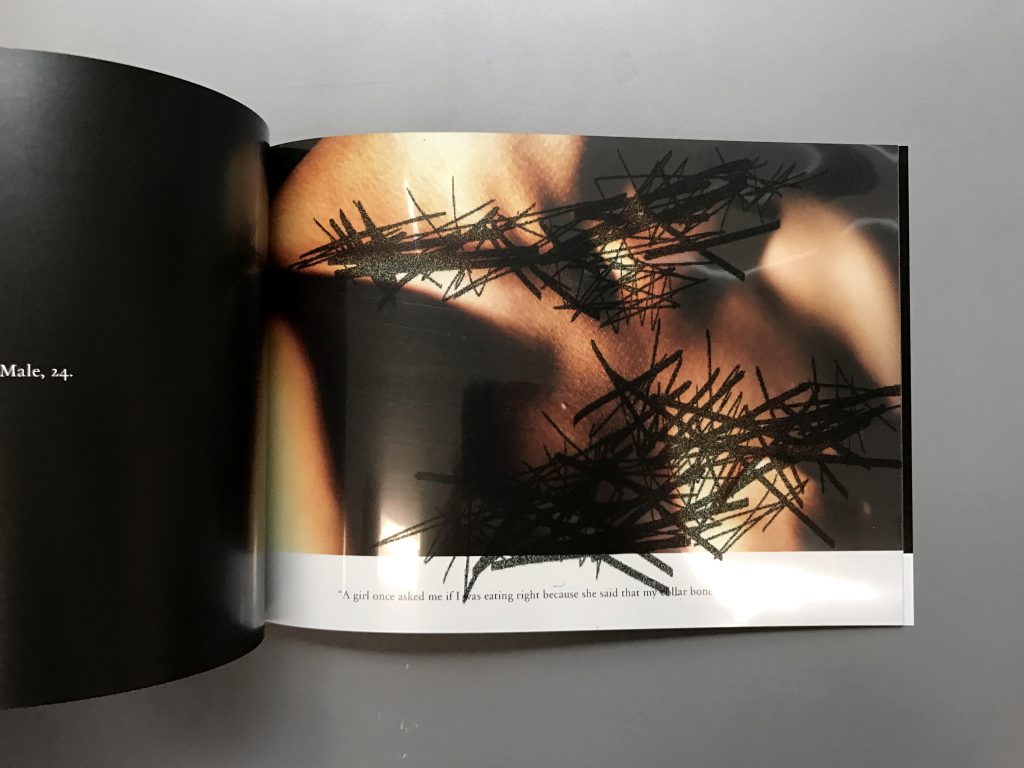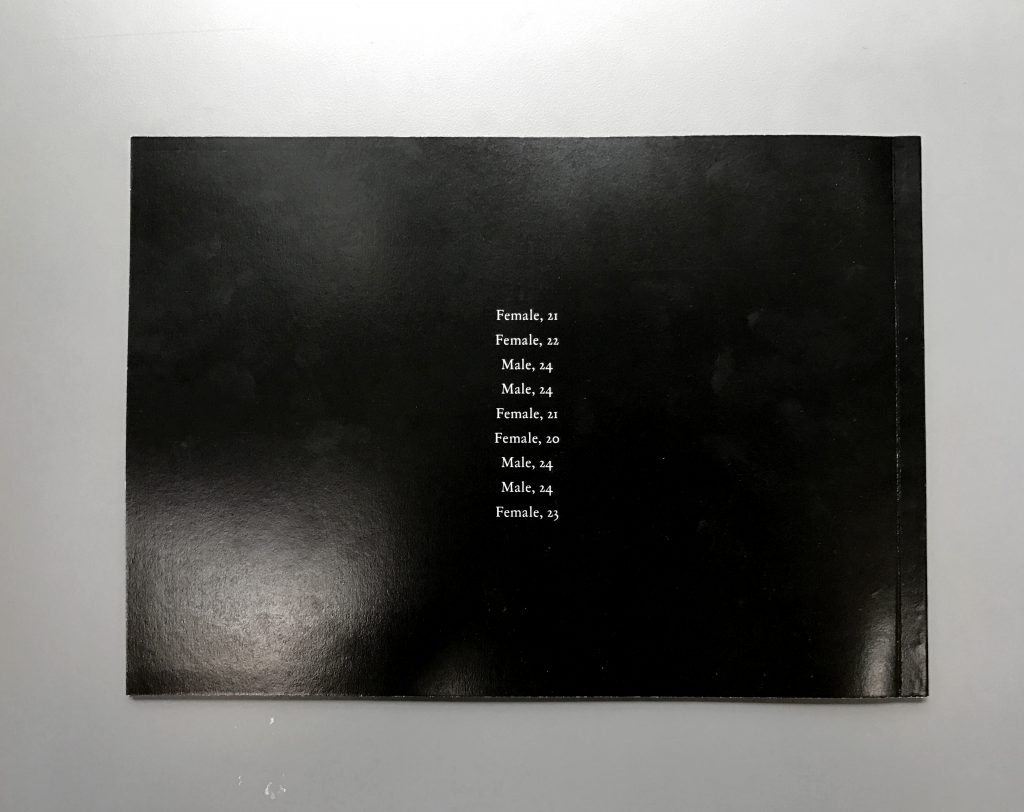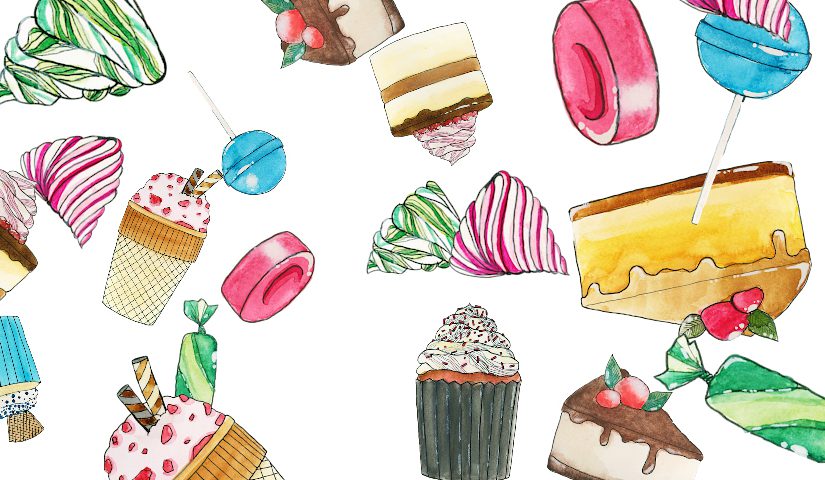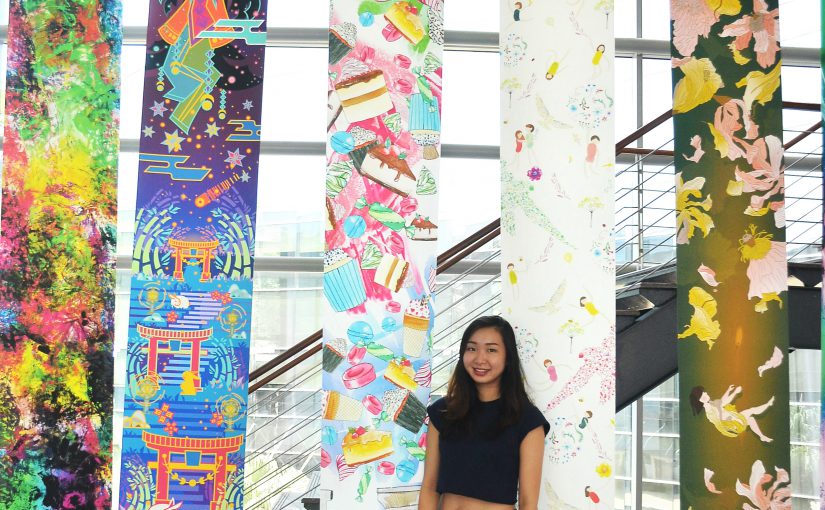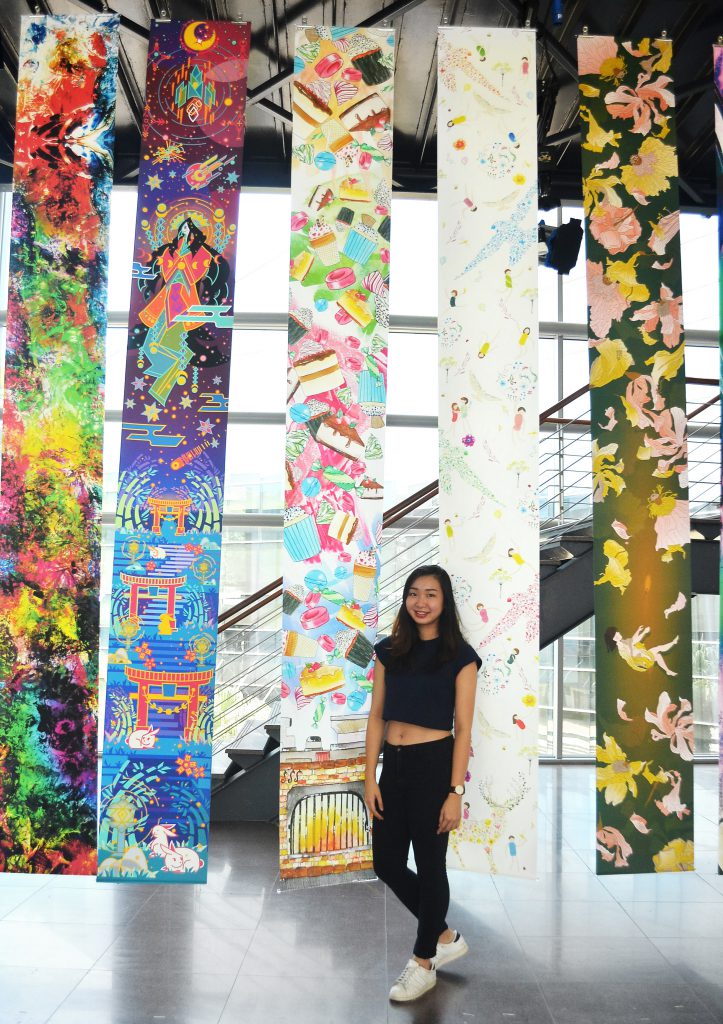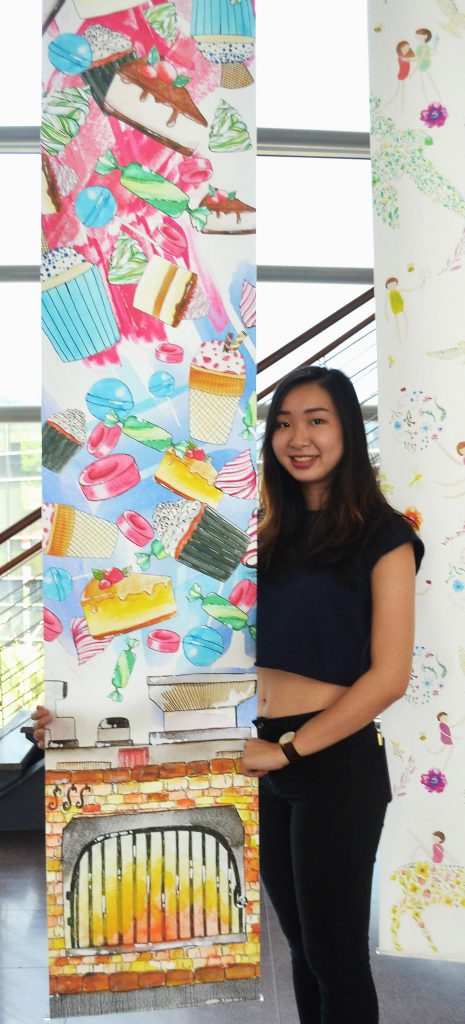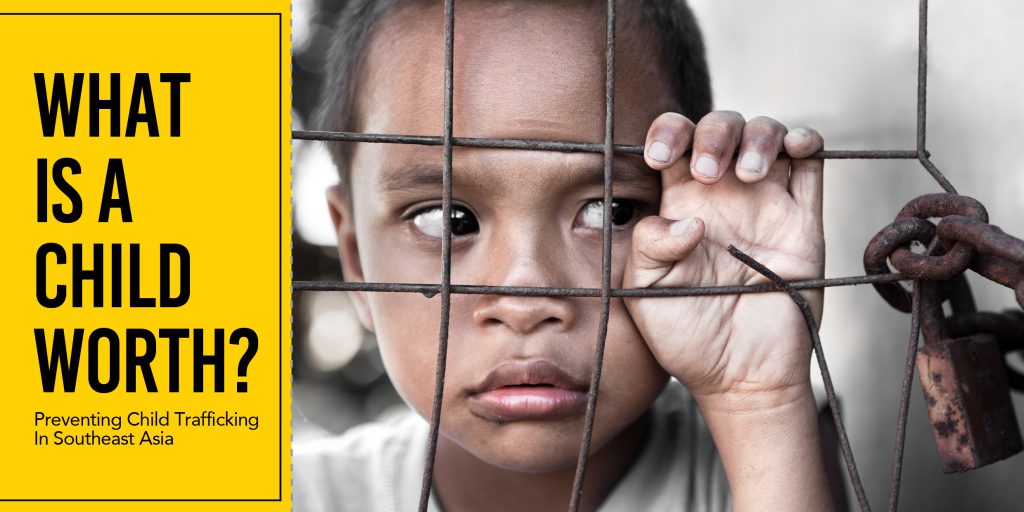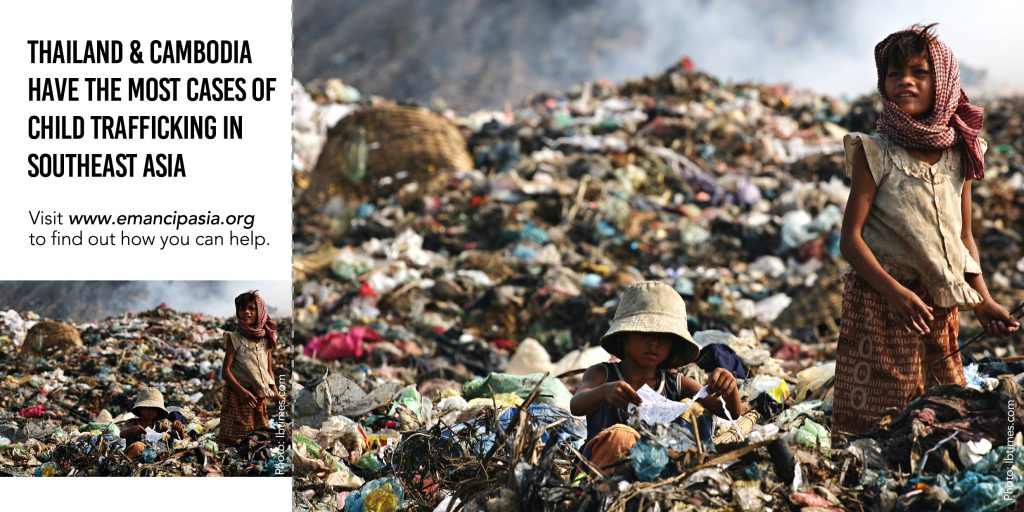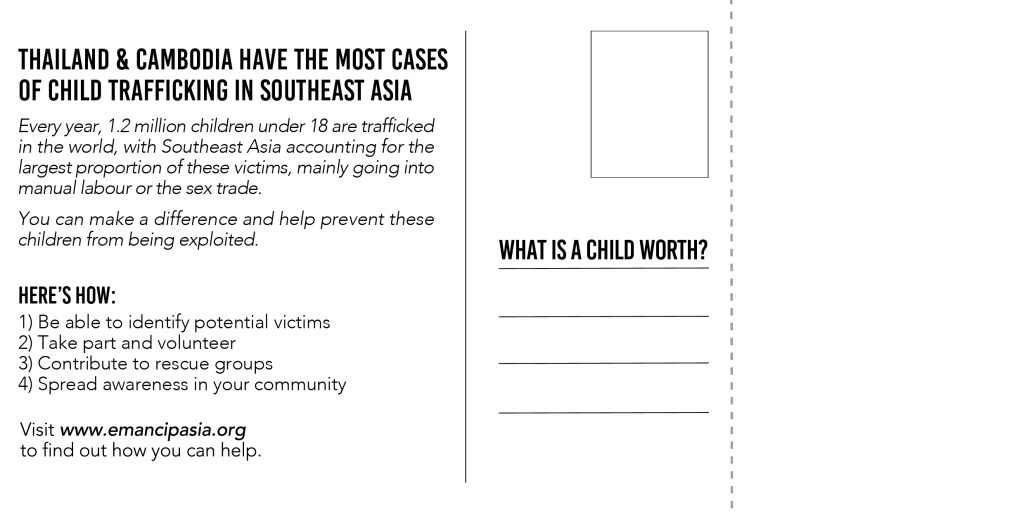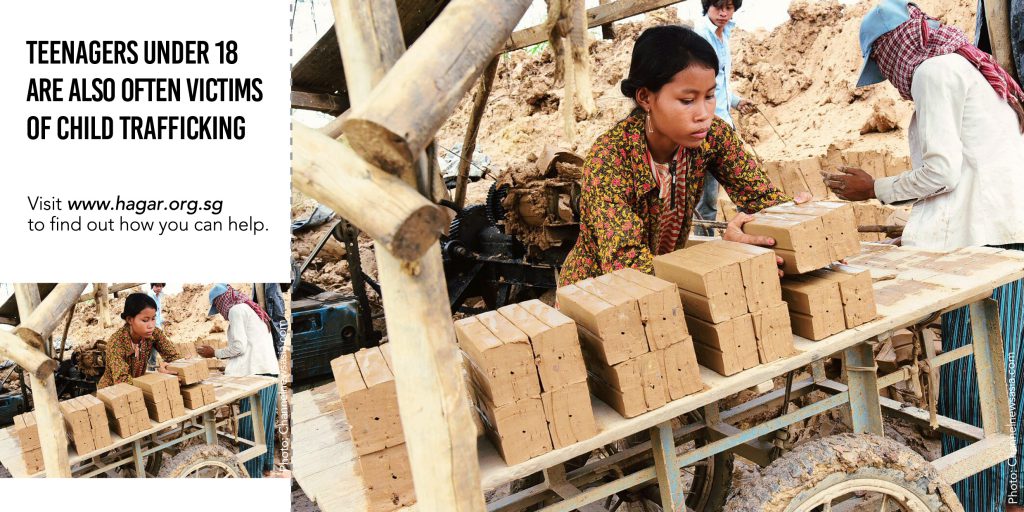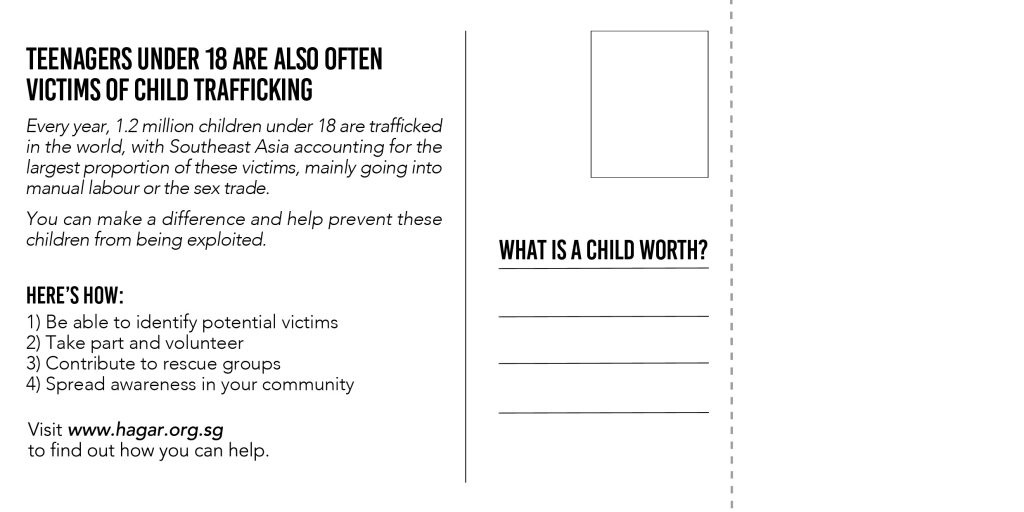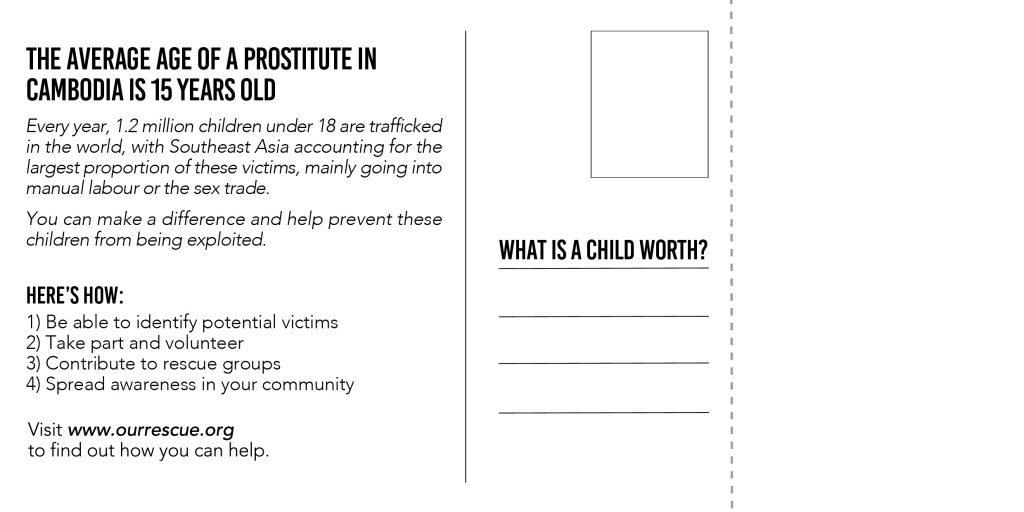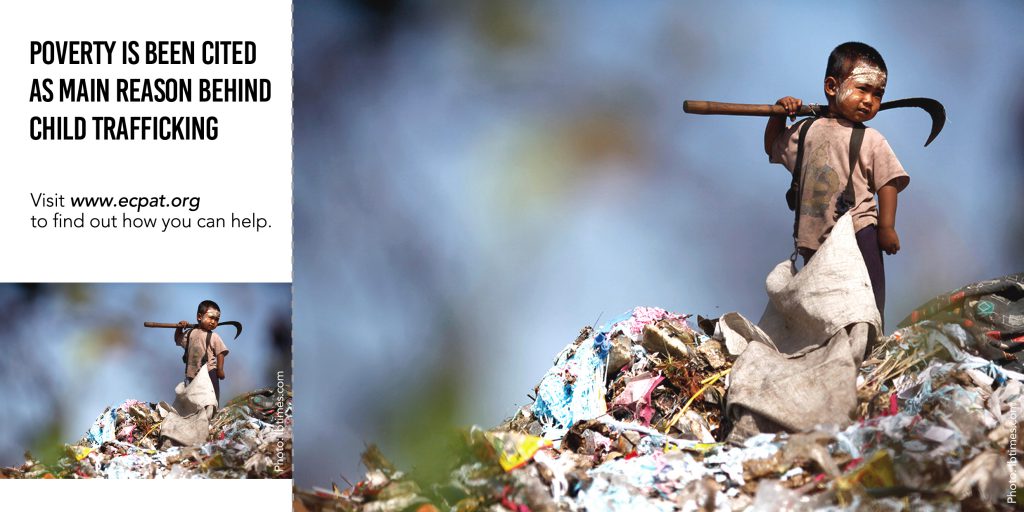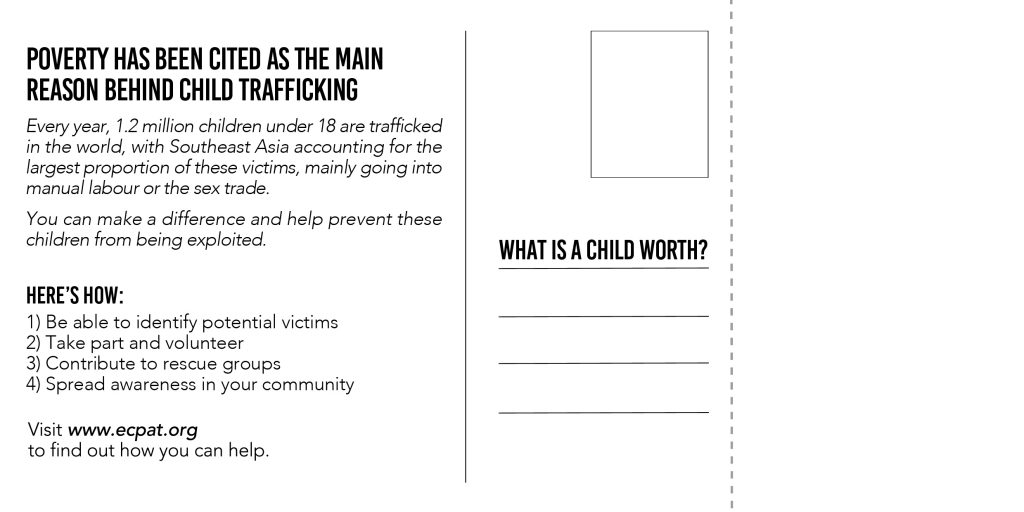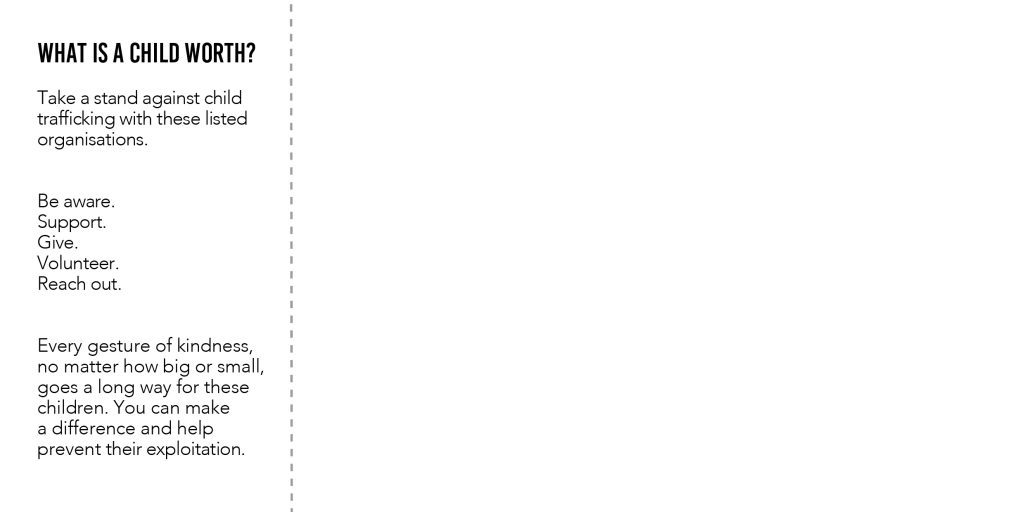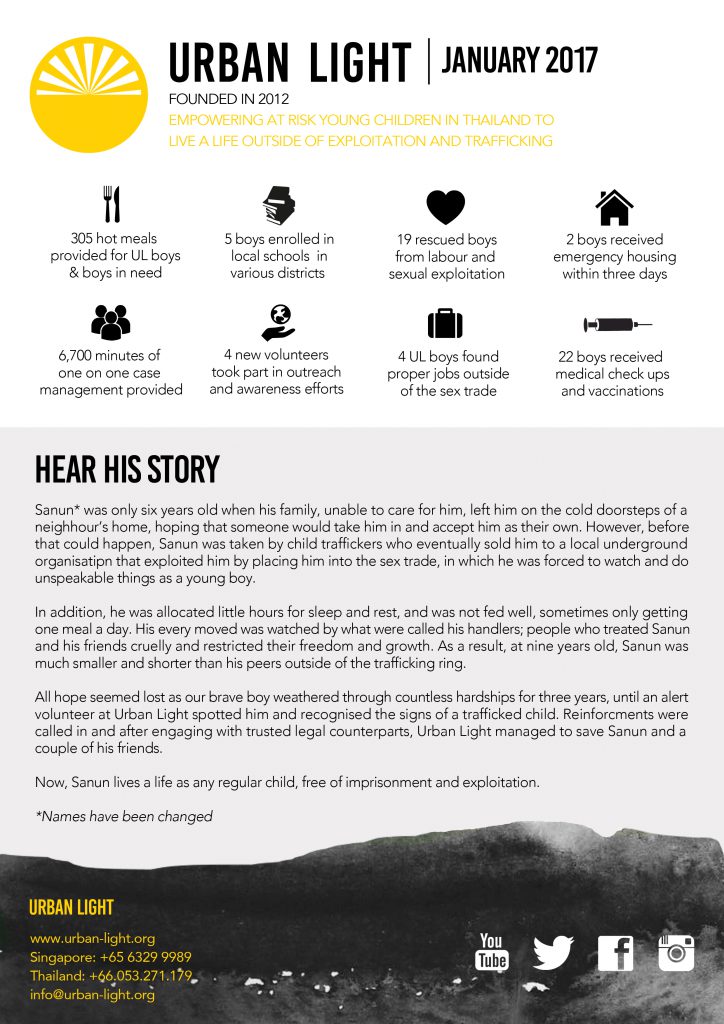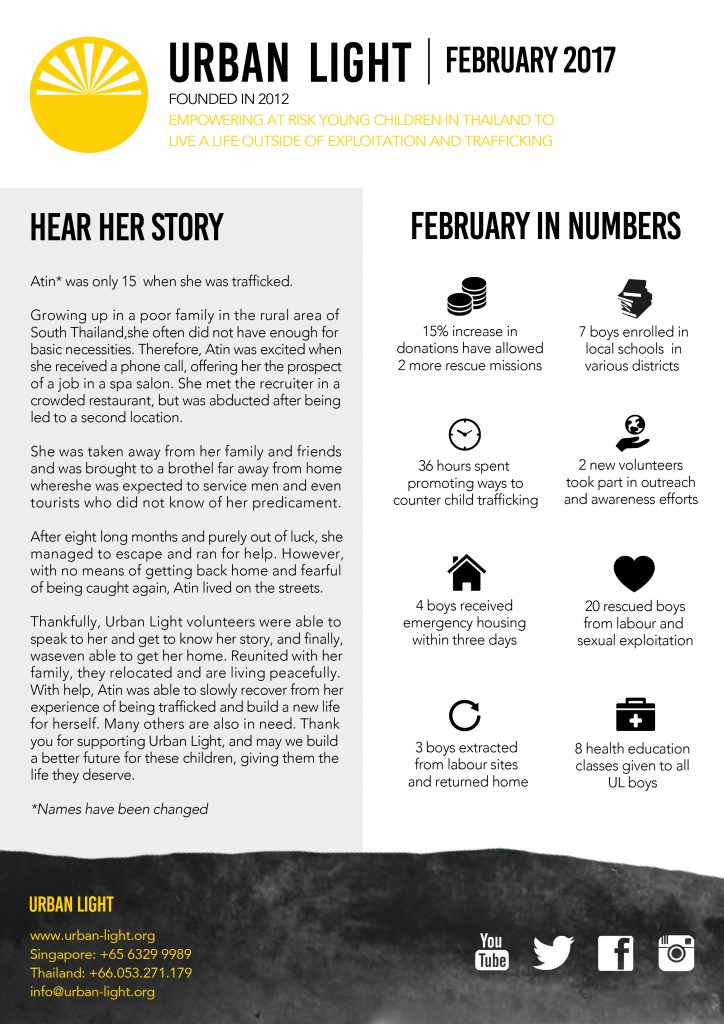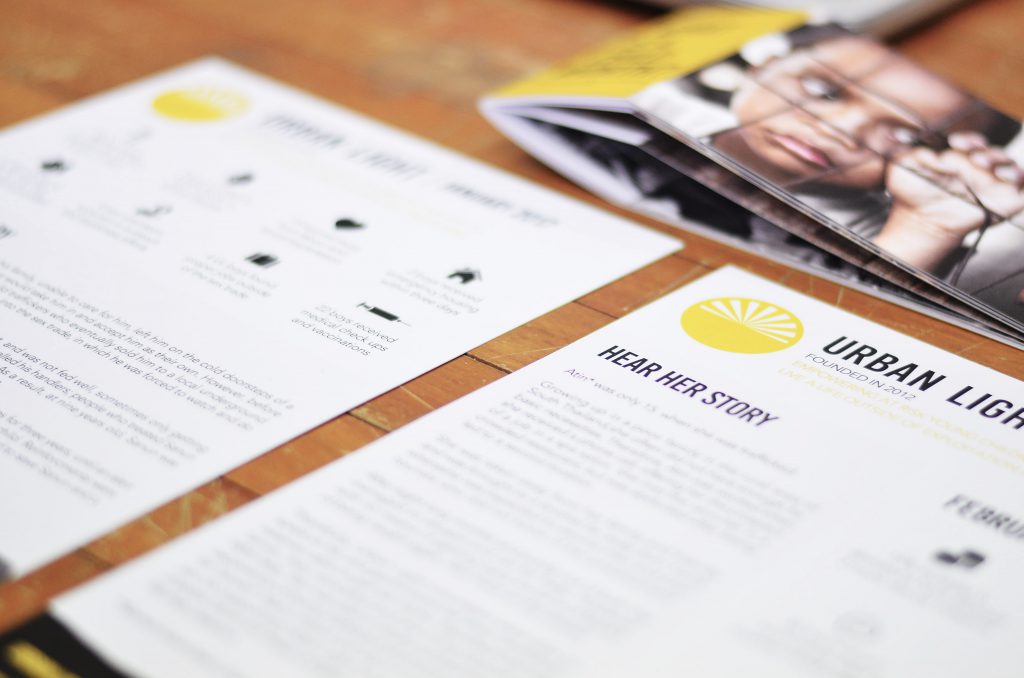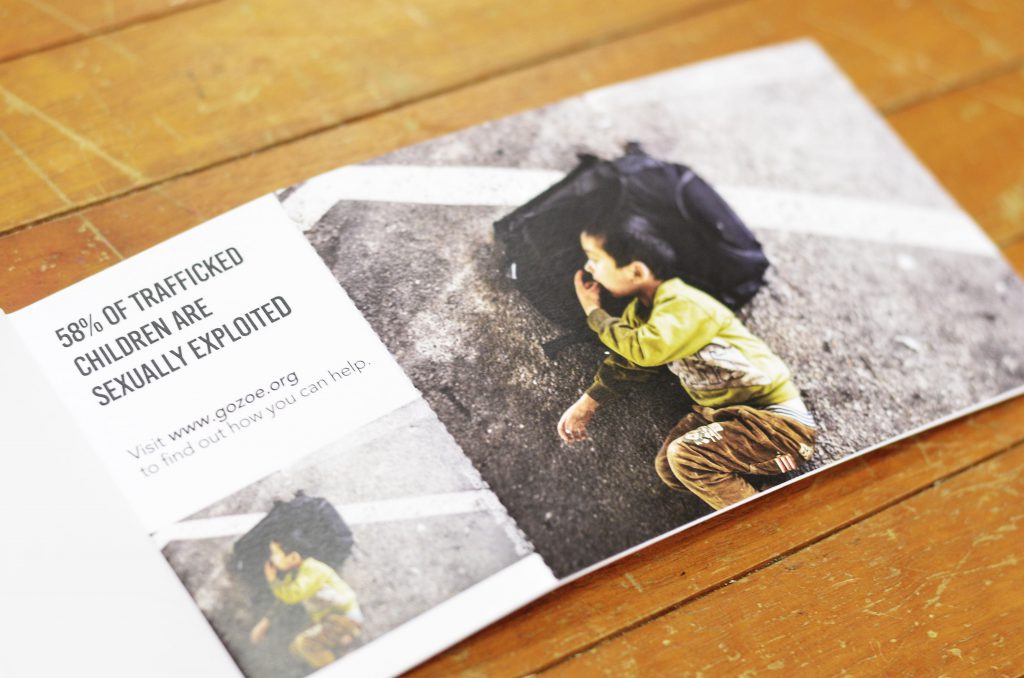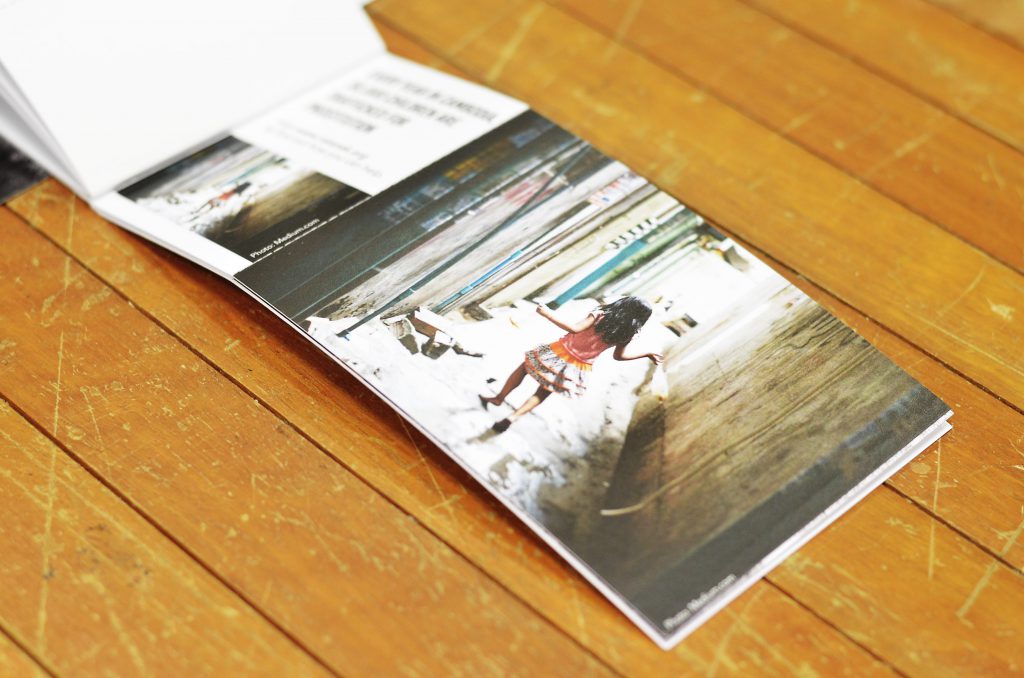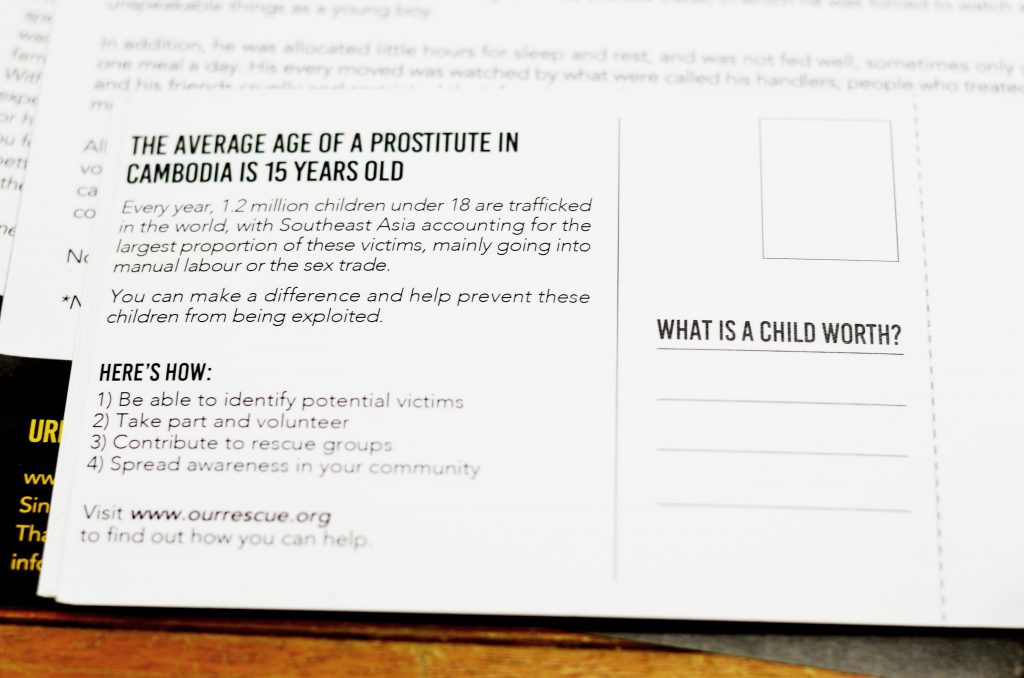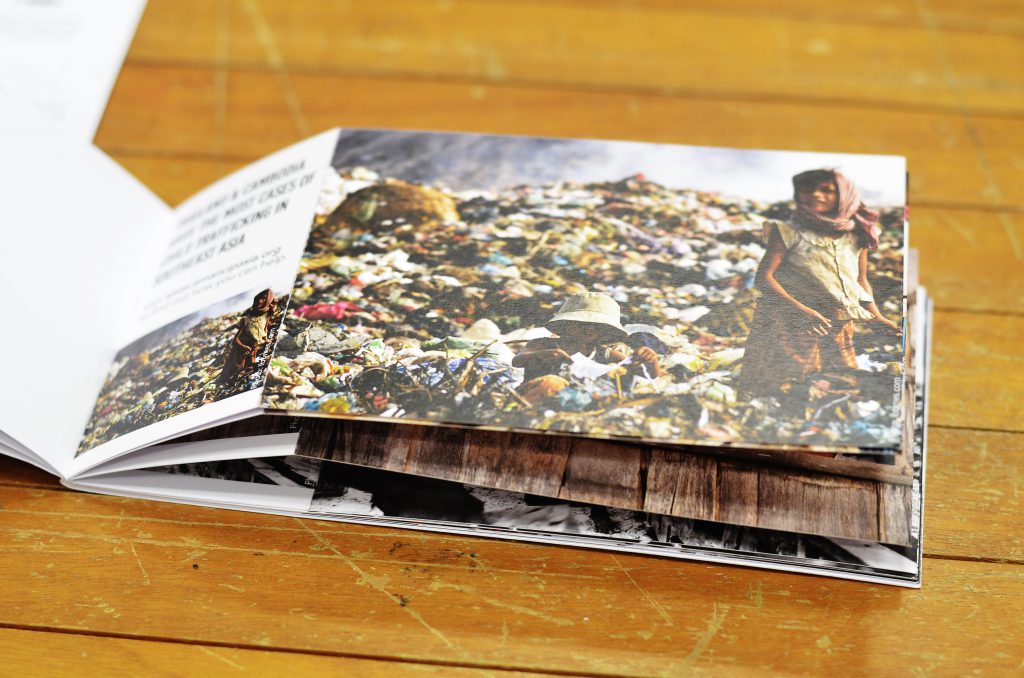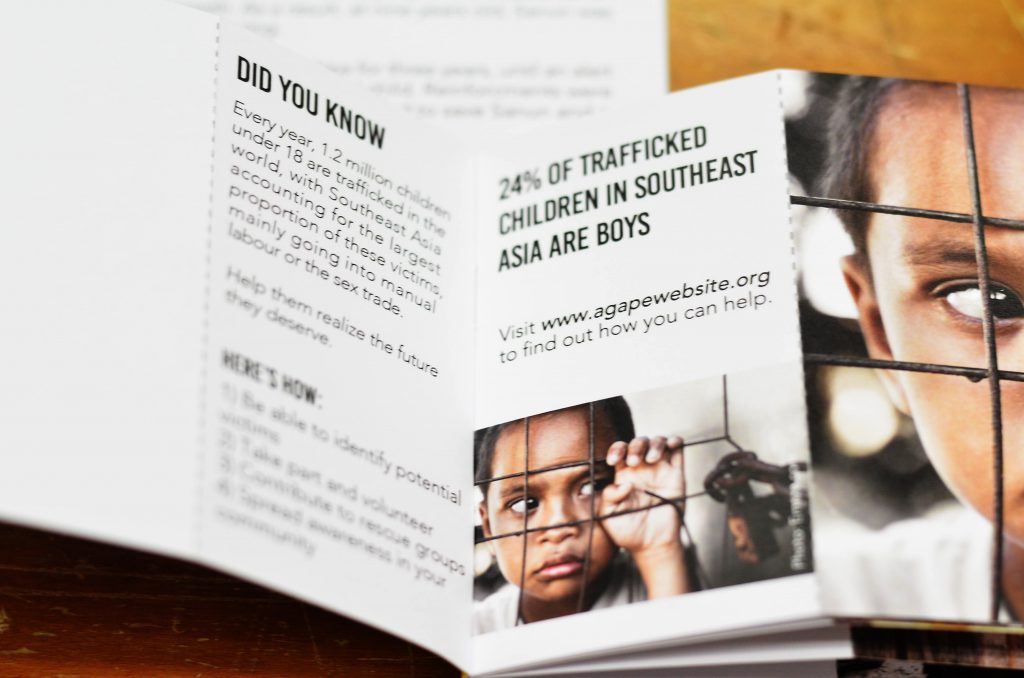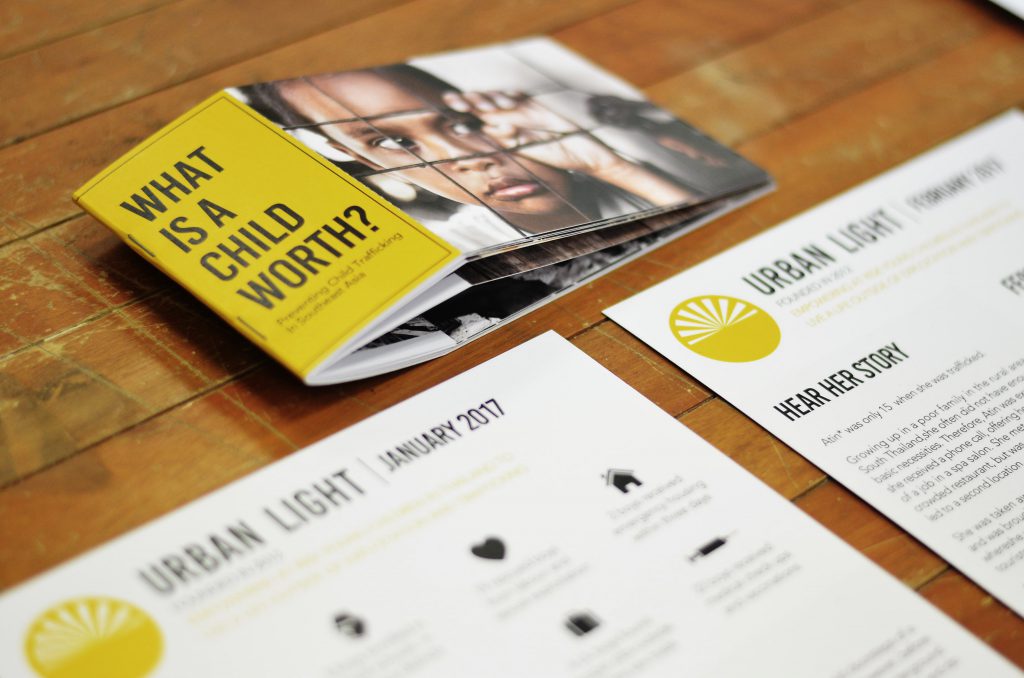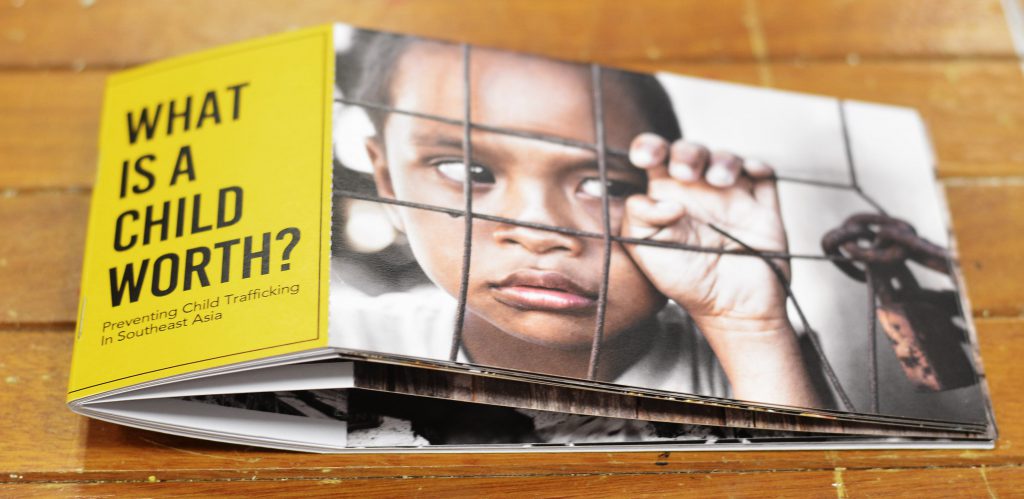The Oceanic at NTU Centre for Contemporary Art Singapore
The second time I went to The Oceanic exhibition during Singapore Art Week was very beneficial as it allowed me to better understand the work there. I feel that the amount of projects exhibited were just right; just enough for one to digest and think about without being overwhelmed.
I also felt that the work was intriguing because there wasn’t much information displayed in the exhibition (aside from the brochures/handouts) that would skewer the audience’s perspective of the work. I liked that this gave us room to think about the work without being too direct.
1) Tue Greenfort, Tamoya Ohboya, 2017
In this work, jellyfish were taken from their natural habitat and placed in a glass tank with filters and equipment beneath the tank, designed to aid in replicating the natural environment that the jellyfishes were from.
I found this work to be one of the most interesting ones I have seen, as it raised many questions:
- What would happen to the jellyfishes after the exhibition? Would they be thrown away or returned to their original place?
- Are the jellyfishes that are in the tank the same ones that have been there since the start of the exhibition or have their been changed/died?
- In the case that some jellyfishes have died (a few looked to me as though they were floating lifelessly), is it right to use living organisms for art even though there is a possibility of their impending death?
- Given the fact that some of the jellyfishes are still alive, does this mean that it is possible to create a falsely constructed home for them where they feel comfortable?
It then made me question the notion of survival and reality. Like these jellyfishes, perhaps there is no such thing as a natural habitat for us humans anymore, as we perpetually eradicate our natural environment to develop new buildings and machinery. Our reality is what we know now, in a modern, urban setting, and we accept this to be what we perceive, because living creatures like ourselves and the jellyfish are adaptable to our surroundings. But how long can humanity survive for?
2) Laura Anderson Barbata, Ocean Calling, 2017
Ocean Calling at NTU CCA was a series of impressive life sized costumes designed by the artist for a performance that took place prior to when I visited the exhibition. The work addressed the relationship between the ocean and the communities that live within close proximity.
I personally felt that I had many questions to ask the artist regarding the process. How long would an artist have to stay around the focus area of the work to fully understand and experience the life, traditions and culture of the people so as to not misaddress or misrepresent any part of the community?
In recent years, there have been many issues of appropriation surfacing in society, whereby people are becoming more outspoken about the topic of people from other cultures taking and using parts another culture, and using it for their own means and benefits. This is an interesting subject to think about because it isn’t something that will ‘go away’ in the future, as modernisation has made it easy for the transfer of information, cultures and practices across the world.
As artists, we always create work that we can relate to or we feel strongly about, and this could cross over to cultures that are not our own. What exactly is appropriation and where do we draw the line?
3) Newell Harry, (Untitled) Nimoa and Me: Kiriwina Notes, 2015 – 2016
I thought that out of all the works exhibited at NTU CCA, this had the most relation to this module, in terms of medium and the way it is presented. A series of black and white documentary photographs are displayed, with very snap and go kind of aesthetic of the people in the community living their daily lives.
I felt the whole series was very captivating because as a member of the audience, I did feel as though I was drawn to the beautiful photographs, and it gave me a glimpse of life as a local there. Even though the photos were in black and white, they were very descriptive and rich in information.
Aside from that, I also wondered how the artist decided to use text under certain photographs in the series. By ‘how’, I mean how did he decide which photographs he wanted to incorporate text into, and which could stand alone. There was no pattern to which photographs had text and which did not, and it almost appeared randomly placed. I think the text did change the experience for me, because it was certainly useful in giving me some background information about what was going on in some of the photographs.
